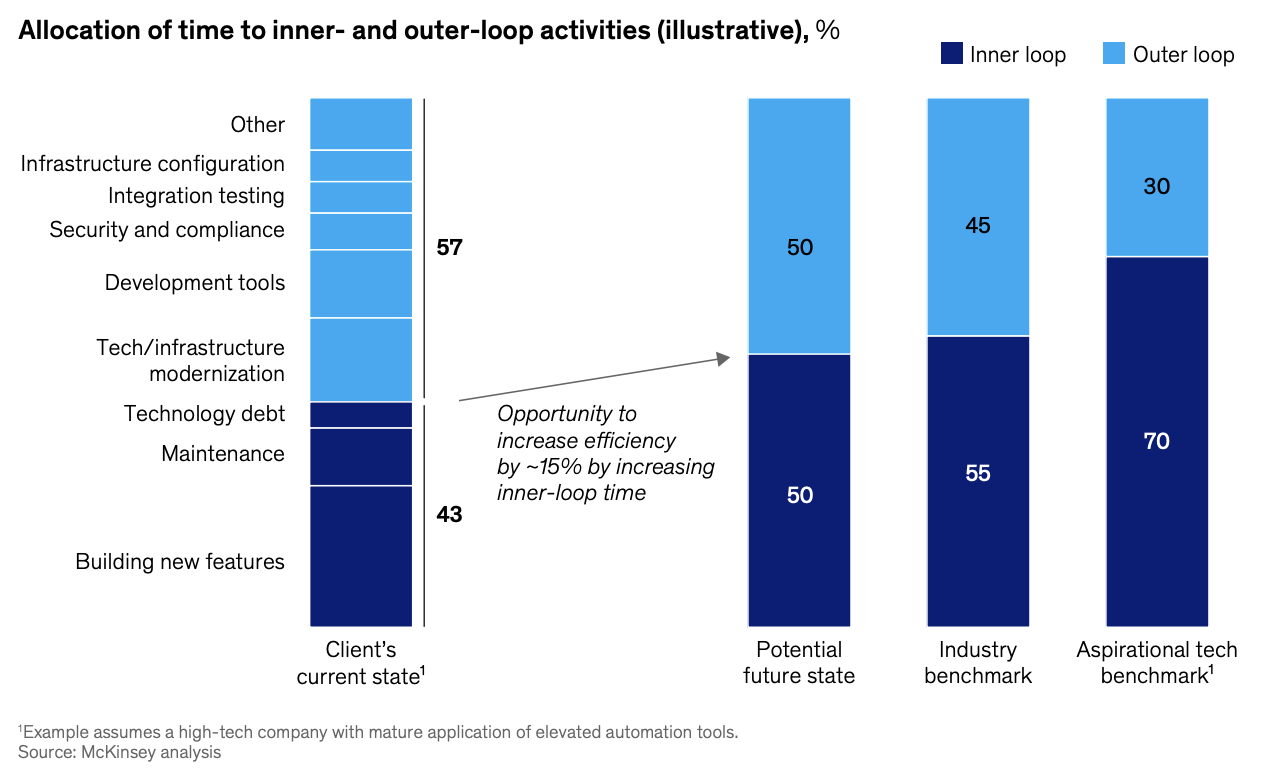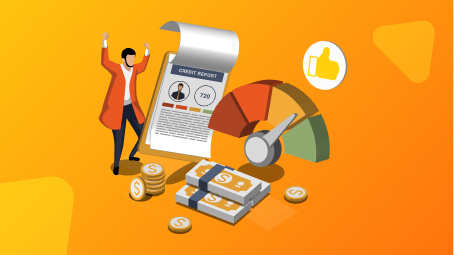OCTOBER 29, 2025
7 min read
To start off, we’ll need to define what a super app is, but this time, from the business perspective. You can catch up on our technical view of super apps and how they’re developed here.
Simply put, a super app is an ecosystem where supply meets demand. This means that when companies seek to offer their customers any service and/or product the market demands, it’s no longer viable to place it in a small or simple app. Companies such as China’s WeChat and AliPay, or Malaysia’s Grab, understood this concept early on: those who seek to offer services and products that complement each other must place them neatly within unified experiences.
At DashDevs, we strongly believe that super apps succeed by connecting supply and demand at scale. We’ll be discussing at length cases where super apps transformed companies into mega corporations and others in which companies failed to launch their super apps in a sustainable manner. We’ll also be exploring how market share, vendor onboarding, and scalability define the success or failure of such platforms.
Why Market Share Comes Before Everything Else
At a glance, super apps may seem like ‘just a bigger app.’ However, this couldn’t be further from reality. When viewing examples such as Amazon, one might instantly recognize a super app as a realistic step towards scaling. At first, Amazon was essentially an online bookstore that gained traction after putting in a profound effort to meet the market’s demand.
Now, we all recognize Amazon as a household name, a comprehensive online store that offers all kinds of physical and digital products, beyond their initial book-based catalogue. Building upon the company’s success in acquiring a dominant market share in providing everyday items on a near-perfect logistical basis, Amazon turned towards a super app that brought all of its customer base, along with its list of vendors, to one unified platform.
Not only did Amazon manage to consolidate its services and products in one place, but the company also played its cards to its maximum potential.
Speaking of vendors, a business question often arises regarding vendors’ likelihood to agree to be on a super app. The answer is pretty simple: vendors had no other choice. After all, market share, not vendor visibility, is the real source of negotiation power.
This can be seen in another Amazon-based example. Post-Brexit, Visa and Mastercard attempted to increase their charges for cross-border transactions. Not only did Amazon vehemently refuse to negotiate, but it also threatened to stop accepting UK Visa credit cards.
“How could they do that?” you may ask. It’s simple. Market domination.
At DashDevs, we don’t believe a super app to be a bigger app; we believe a super app is an economic network built on market control.
Vendor Ecosystems: The Power of Seamless Onboarding
Building upon that, vendors are still key to the success of these apps. As a company works on integrating multiple vendors in its super app platform, the main challenge is not finding said vendors, but it lies within integrating them seamlessly.
A while back, an online bank with a decent market share attempted to create its own super app ecosystem. It’s fair to say that the app deployment itself went relatively well. However, today, this bank no longer exists. It declared bankruptcy. Their main challenge was onboarding vendors onto their platform. The challenge, again, wasn’t finding the vendors but allowing them onto the platform without any friction, leading all their potential vendors to jump ship.
Now, compare that to Alipay and WeChat Pay. The two companies, belonging to Ant Group and Tencent respectively, managed, in no time, to onboard merchants via QR payments, leading to a skyrocketing growth rate.
From our experience at DashDevs, the biggest barrier isn’t tech complexity—it’s making vendor onboarding feel invisible. This takes a well-thought-out onboarding process and real expertise to make it happen.
Building and Maintaining a Super App: Scale Over Simplicity
We don’t particularly believe there’s a difference in maintaining a super app vs maintaining smaller apps. Think of a smaller app as a singular car. There’s still maintenance to do, regular checkups to commit to, and even upgrades, every once in a while.
Alternatively, try to look at a super app as a truck fleet. Sure, they both involve vehicles on wheels that may satisfy the same purpose of moving stuff around, but the scale is different.
The scale of a business, along with its app, dictates every single aspect of a team’s operation. In the truck fleet example, you’ll still need to think of all the tasks needed for a singular vehicle, multiplied by the number of vehicles, or in our case, functions. But, there’s more to it. The more an app or a fleet scales, the more likely they are to deal with tasks such as data pipelines, multi-service coordination, and cross-department product logic.
The secret is to know what the correct tools are to scale in a sustainable manner. Companies can be seen to change their structure and programs used at different stages of success in order to work towards said scaling. Among the most famous examples was Airbnb. The company, at first, relied on React Native for its mobile applications but ultimately moved away from it. Airbnb found that rewriting much of the app in native code was the right way to go down the line.
The mindset shift matters more than the stack—teams must think in systems, not silos.
Greenfield vs. Brownfield: The Strategic Fork in the Road
For the uninitiated, Greenfield builds are apps built from the ground up from scratch. Alternatively, Brownfield-built apps are built atop existing platforms, such as Fintech Core. The decision between building from scratch or on existing tools is about balancing proof of concept speed against scalability risk.
Equally as important to the infrastructure is having a team with a scaling-focused mind. A team of engineers who utilize already available tools well is key to realizing a future vision for a company and its app.
Examples of either Greenfield and Brownfield successful builds are available all over the market. Take Revolut, for example: Upon its success within the payment industry, the company built upon its already-existing platform to expand into wealth and travel. This places it in the Brownfield category.
In contrast, Ant Group’s Alipay ecosystem is an example of Greenfield vision executed early. The company had an established comprehensive vision from the get-go to build an app that does it all, from scratch.
At DashDevs, we’ve seen that the best super apps start as focused MVPs, but scale through modular thinking and an open architecture mindset.
Lessons from the Frontlines of Scale
It took time to learn this valuable lesson: Maintaining a super app is less about reimagining your tech stack, and it’s a lot more about how your team deals with its complexity. Recalling our ‘singular vehicle vs truck fleet’ analogy, all apps require maintenance; it’s the logistics that can differ greatly.
When looking through the scaling lens, small changes can have great repercussions. Just because things worked with a 100-truck fleet doesn’t necessarily mean it will work when your fleet includes thousands of vehicles. That’s why you can look at WeChat developing Kubernetes as a brilliant display of foresight. The company did not aim to change cloud deployment; instead, it pioneered a way to handle billions of messages and data transfers without having its system crash.
Borrowing from our earlier logic of super app teams needing to think in systems, not silos, we want to highlight that scaling does not mean multiplying success. Scaling a company/app also scales all inefficiencies and errors along with it. This is why scaling apps do not suffer as much from technical challenges as they do from cultural ones.
The Future of Fintech Super Apps
At the risk of repeating ourselves, we truly believe that the fintech industry is a lot more focused on creating entire ecosystems rather than apps. Just look at these examples:
- Ant Group’s Alipay has successfully evolved from a digital wallet into a financial operating system.
- India’s Paytm built upon its success as a payment app to become a multi-service marketplace.
- Europe’s Revolut enjoyed massive success as a payment app before now offering users the ability to invest, travel, and pay, all within the same super app.
These companies and their respective apps all had the same factors common between them: Gigantic user bases and market shares, frictionless onboarding, and seamless integration with third-party services. The idea was not to do every single thing correctly, but to only take steps that feel connected to the overall ecosystem.
A report by McKinsey & Company highlights the potential for digital ecosystems to account for almost 30% of global bank revenue by 2030. We’re already seeing large-scale examples in South Korea with Toss, in Brazil with NuBank, and in the Middle East with Careem.

The success of these companies and others adjacent to them will rely on how they manage their partnerships with third-party service providers and leverage their technology without losing sight of their original identities. This translates to developers focusing on building sound digital infrastructures that allow for sustainable growth. It also translates to business leaders that focus on which services provide customer value and which services simply add noise.








